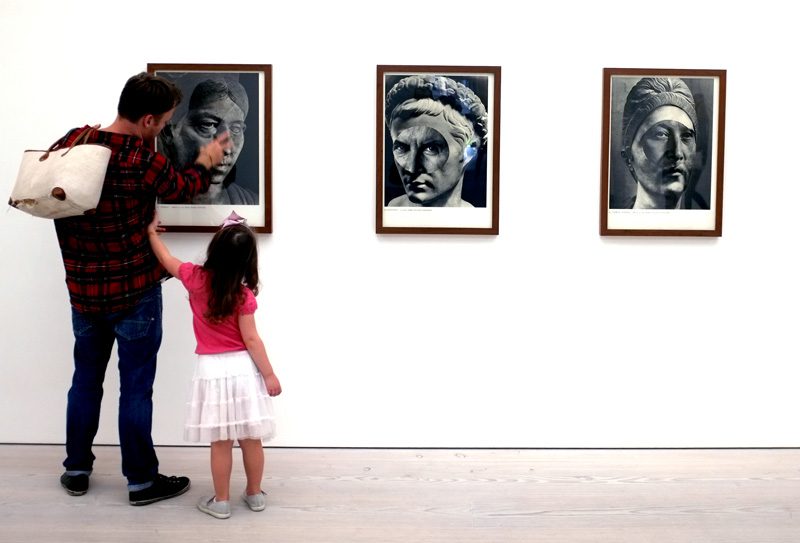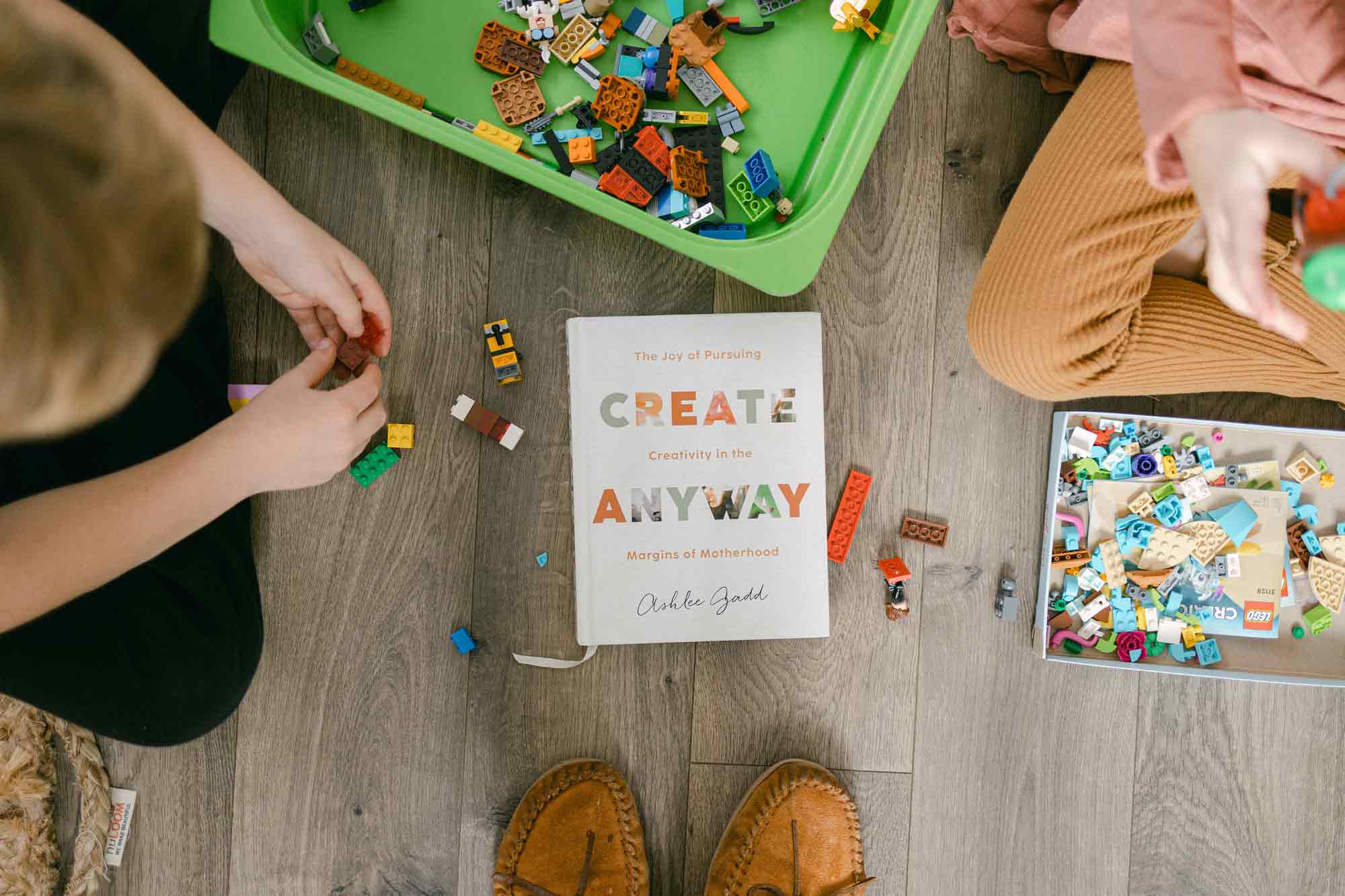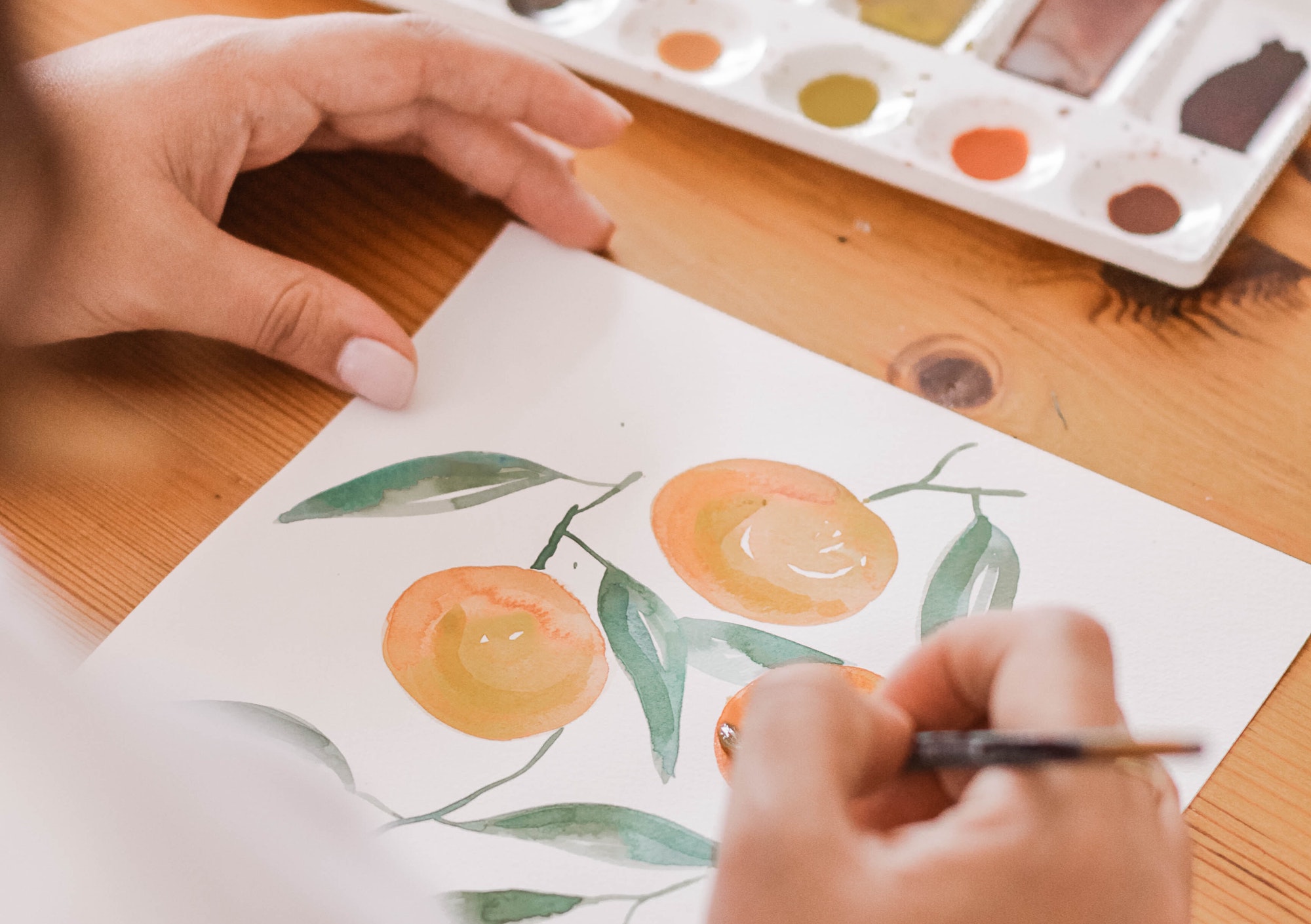What is it that draws us in?
Just west of Albuquerque, N.M., is Petroglyph National Monument. The centuries-old symbols inscribed in the rock faces are the art of people long ago. Archeologists and anthropologists studying petroglyphs ask not only with what did the ancient peoples make the petroglyph etchings, or how, but why. Why did those people make art? And though there are very good guesses—for communication, for spiritual communion, for expression—the question is still apt today. Why do people make art? Why do people enjoy art? What is that spark that draws people to the drawing board, stage or museum?
Finding common ground: Art as communication
“Humans seem to be born with a desire to express themselves and be understood by others, and if simple language is insufficient for the messages yearning to be conveyed, other avenues of communication must be created. The arts offer expressive solutions; they are channels people can use to access themselves, and then if they desire, more effectively share and interact with others,” said Andrea Thompson, dancer with Hubbard Street 2 in Chicago. “Part of the appeal of going to a museum with a friend is to hear his or her opinion in addition to formulating one’s own. Art is a way people can test each other, push each other’s limits, ask questions and provoke conversation.”
John Goodman in San Francisco is a painter and former playwright. “Communication has a lot to do with art,” he says. “While it is mostly me in my studio working alone, painting is also a form of communication.”
In the view of award-winning classical pianist Sean Chen, “Art usually communicates or exposes parts of the human experience that cannot be effectively conveyed by words alone. It can be a release, an affirmation or a consolation. And best of all, it means something different for everyone.”
Clarity out of chaos: Art as a way to find meaning
“For me, the impulse to create art is from a desire to make sense and meaning of things. We pick up whatever tools are at our disposal and try to create some kind of resonance. It’s Aristotle’s notion that catharsis is the outcome of bringing intellectual clarity to emotional chaos. Our brains are the place that absorb data from all of our senses, and the impulse to create art is to play with all of that data in ways that can lead to understanding,” said Bill O’Brien, former actor and senior advisor for program innovation at the National Endowment for the Arts.
Or put by Robert Moses, choreographer and artistic director of Robert Moses’ Kin in San Francisco: “As a questioning, thriving human being who has an aspiration to be more than just the sum of my parts, art is what feeds me. Art always suggests and proves that there is more beyond what is in front of me.”
Chen adds that a component of finding meaning through art is by either defying or satisfying expectation. “In movies there are plots, and as viewers, we expect a plot to go certain places based on our experience. The movie might take an unusual turn or go exactly as planned. One is not better or more effective than the other, as both can be done equally well. In music, it is the same way. We have, in western Classical music, a tonal and structural tradition. Oftentimes, the works that are considered great are those that have pushed expectations in either way.”
Being transported: Art as out of body
“When I go see a play, having been in the theater all of my adult life, it gets harder and harder to see something new I haven’t seen before,” Goodman said. “But that’s what I’m looking for, is something that takes my breath away because I’ve never seen that emotion or situation before. That’s why I go back again and again, because there’s always the chance there will be that performance that is exceptional.”
Thompson finds, “Dance makes valid the intersection of fantasy and humanity. It is as honest as it is surreal, as grounded as it is transporting. It’s a way to step outside of yourself or to turn yourself inside out for other people to see and benefit from.”
Fostering a sense of self: Art as healing
Jennifer Breslow is an art therapist and psychotherapist in New York. She maintains a private practice in Manhattan and additionally works part time at a residential healthcare facility for adults with AIDS. “I offer the creative process of making art to help people gain awareness and insight, building coping skills and fostering self-esteem and a strong sense of self,” she said.
“Art provides an external representation of one’s inner world. It’s a way for one to say, ‘This is who I am. This is what I feel. This is what I think,’” Breslow said. “Having a tangible representation of one’s inner experiences, thoughts and feelings can be a way to process and make sense of those things, with the benefit of the artwork providing some distance. In addition, having a witness to the artwork can further validate and acknowledge one’s experiences, which helps strengthen and foster a sense of self.”
O’Brien, who is focusing on an initiative with the Walter Reed National Military Medical Center to explore how creative arts therapy and engagement can improve health and well-being in military healthcare settings, said, “When you embed an arts-making activity in an integrative care effort, you enable the patient to make sense of things. It’s a valuable assessment tool and it helps to accelerate healing efforts.”
Beyond the obvious: Art as innovation
“The arts happen in our everyday lives in ways we’re not always aware of,” O’Brien said. “Using artistic inquiry to create solutions is beginning to be applied to industry with design, product development and understanding consumers in a more empathetic way. There’s a fundamental tie between the arts, science and technology. They all impact the human condition.”
Go to a play. Watch a ballet performance. Examine a sculpture. Visit a photography exhibit. Ask yourself what you feel as you experience the art.
Find a local art gallery with children’s programs that you can enjoy as a family.
Talk to an artist about the process of creating art.
Uniting the personal and the universal: Art as communion
Heather Heise, Los Angeles-based musicologist and videographer, said, “I make art because it’s the one thing, when I’m doing it, that makes me feel I have purpose. Gears and wheels are clicking in place, all systems are go, I lose time, feel challenged and productive within a realm of what I subjectively call beautiful.”
Or as Robert Moses sums it up: “My own work is an attempt to make sure the larger connection between myself and other human beings is always vital and can be tapped into. It is a real and substantive way of living other than having an intellectual or spiritual life. It connects all of those things.”
Seattle-based dance critic Sandi Kurtz said, “Art-making is one of the most personal things we do, and our reasoning or justification will be equally individual.”
From ancient petroglyphs to the latest show at the Met, the reasons for why we make, see and enjoy art are as central to our humanity as our ability to feel. In fact, perhaps that’s the one reason to which it all boils down: our immense capacity to feel.












